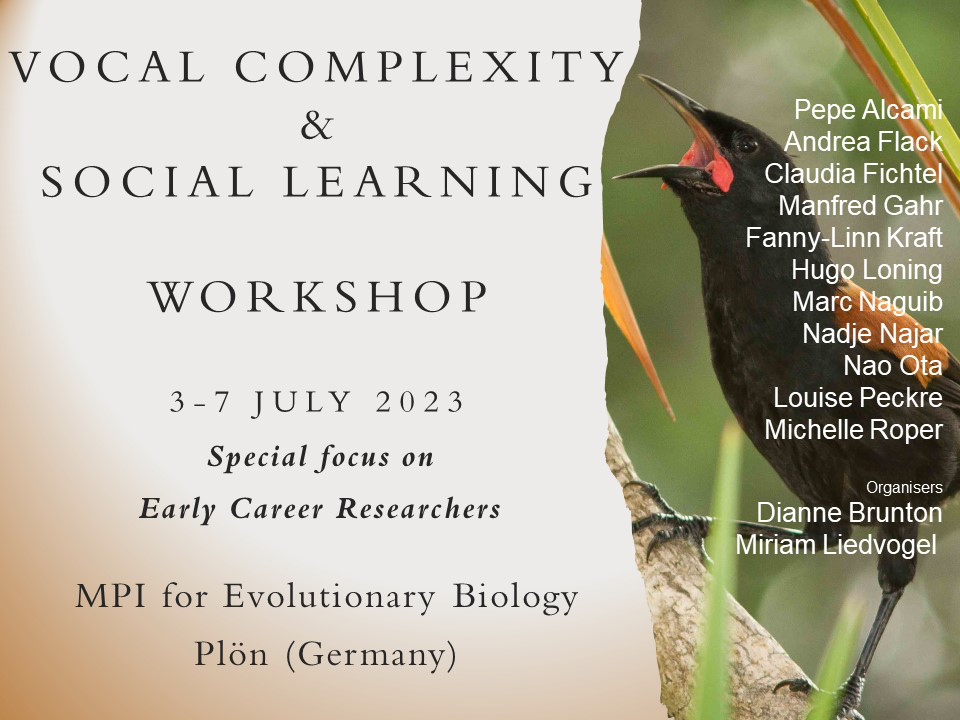Speaker
Description
New Zealand has successfully used invasive species eradications and threatened species translocations to successfully conserve many avian species from extinction – using a network of islands and protected sanctuaries. These conservation approaches also provide an opportunity to undertake field-based experiments and research aimed at understanding song diversity and cultural evolution in free living birds. I will present our song research on two species: the North Island Saddleback/Tieke (Philesturnus rufusater) and the NZ bellbird/Korimako (Anthornis melanura). Tīeke are territorial, long lived and establish local male song dialects. We used the translocation history of this species to quantify Tīeke song and found that distinct song lineages have evolved rapidly. We then used real-world experiments to test whether this rapid evolution of song cultures impedes genetic mixing when translocations include multiple cultural sources – limited assortative mating occurs and novel songs arise in first year males. In contrast, Korimako is a species with good dispersal abilities, where both males and females sing. For this species we examined spatial and sex-based differences in song and explored the relationship between song and reproductive success for both sexes.

